The Historic Ouchi-juku: Access, Snow Festival, Scenic Views, and Food

Ouchi-juku is an old post town in Fukushima Prefecture with well-preserved traditional buildings. This article introduces how to travel from Tokyo to Ouchi-juku, the annual Ouchi-juku Snow Festival, locations with panoramic views, must-try local dishes, and nearby attractions.
Ouchi-juku Guide
1. The History of Ouchi-juku
2. Ouchi-juku Snow Festival
3. How to Get to Ouchi-juku
4. Scenic Photo Spots in Ouchi-juku
5. Local Food in Ouchi-juku and 3 Top Souvenirs
6. 10 Places to Visit Near Ouchi-juku
1. The History of Ouchi-juku
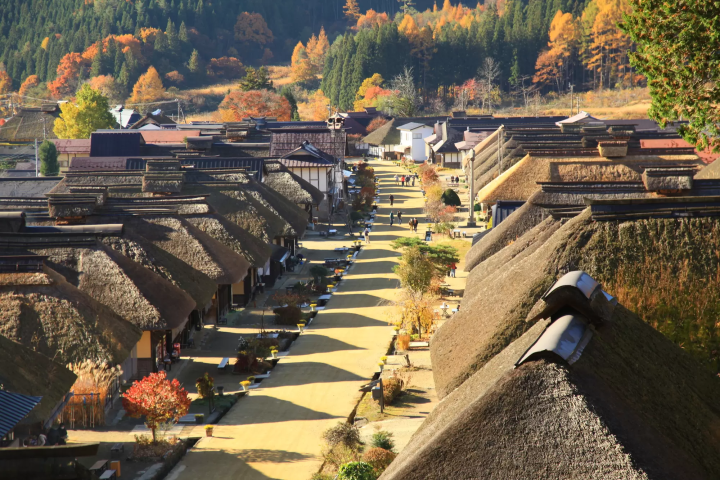
Picture courtesy of PIXTA
During the Edo Period (1603-1867), approximately 400 years ago, Ouchi-juku served as a vital post station for merchants and travelers between Aizu and Nikko.
Known as a "half-farming, half-inn" village along the Aizu Nishi Kaido, its significance began to decline with the advent of the railway during the modernizing Meiji Era (1868-1912).
However, Ouchi-juku was designated as an Important Traditional Building Preservation District by the government in 1981. This led to its revival as one of Fukushima's major tourist destinations.
The village spans about 400 meters and is lined with thatched-roof houses. Most of these structures have been transformed into souvenir shops and restaurants. Walking along the street feels like stepping back into the Edo Period, with the simplistic rural lifestyle leaving a lasting impression.
2. Ouchi-juku Snow Festival
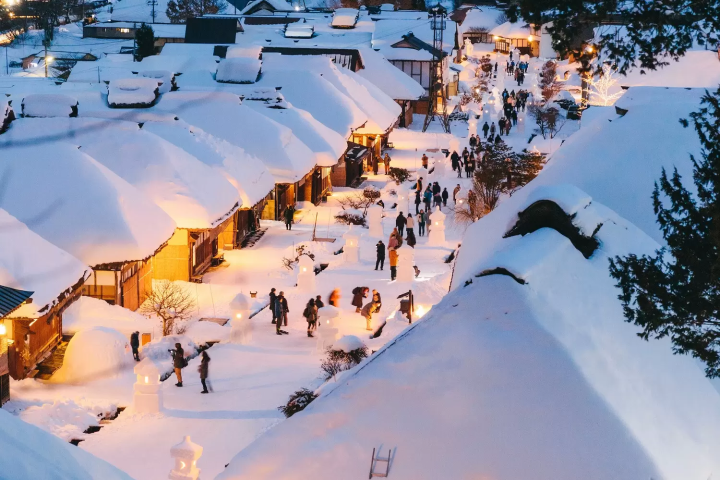
Picture courtesy of PIXTA
Every year on the second weekend of February, Ouchi-juku hosts the Ouchi-juku Snow Festival.
With a blanket of snow covering the ground, men dressed in traditional fundoshi (traditional undergarments) carry sacred fires, lighting up snow lanterns crafted by residents. As night falls, the flickering orange lights illuminate the night sky, creating a scene that is nothing short of romantic.
The festival features various fun activities, including taiko drum performances and a soba noodle-eating contest. If you're visiting Ouchi-juku in winter, be sure to catch this unique seasonal festival.
Those who want to check the weather in advance can visit the Japan Weather Association's website to observe the forecast for the next 10 days. Remember to dress warmly!
3. How to Get to Ouchi-juku
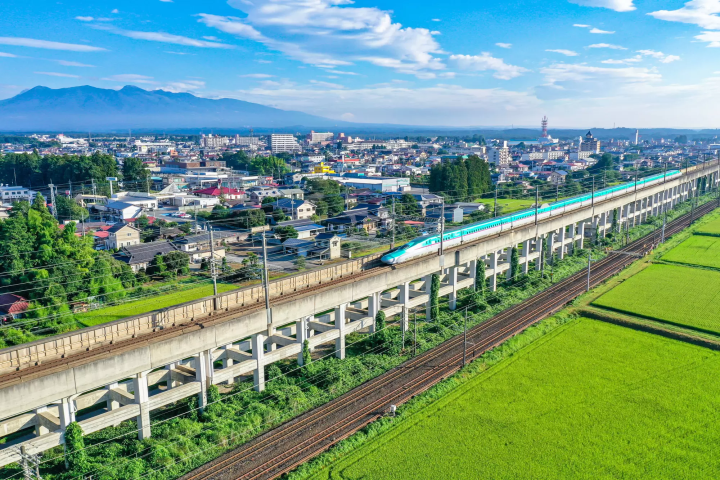
Picture courtesy of PIXTA
Since Ouchi-juku is located in the mountainous region of Fukushima, the transportation options involve multiple transfers and can take some time.
However, instead of driving and becoming tired behind the wheel, we recommend taking the train to enjoy the beautiful scenery outside your window while having a chance to relax before your travels.
From Tokyo
If departing from Tokyo Station, you can take the Tohoku Shinkansen to JR Koriyama Station, where you will then transfer to the JR Ban-etsu-West Line to Aizu-Wakamatsu Station.
Finally, take the Aizu Railway to Yunokami Onsen Station. After exiting Yunokami Onsen Station, you can catch the sightseeing bus called Saru-yu-go or take a shared taxi to Ouchi-juku. The total travel time is approximately 3.5 hours.
Additionally, purchasing the Aizu Railway & Retro Bus Saru-yu-go discount ticket is recommended. This ticket allows unlimited rides on the Saru-yu-go bus for two days, and you can also take either a one-way or round trip on the Aizu Railway.
From Fukushima
From Fukushima Station, take the Tohoku Shinkansen to JR Koriyama Station. Then, transfer to the JR Ban-etsu-West Line for Aizu-Wakamatsu Station. Finally, take the Aizu Railway to Yunokami Onsen Station.
If you depart from Kitakata Station in Fukushima Prefecture, you can take the JR Ban-etsu-West Line directly to Aizu-Wakamatsu Station. Then, transfer to the Aizu Railway to reach Yunokami Onsen Station. The total travel time is approximately 2.5 hours.
To make your trip easier, you can purchase the JR East Japan Rail Pass (Tohoku Area).
4. Scenic Photo Spots in Ouchi-juku
When visiting Ouchi-juku in Fukushima, you'll definitely want to capture some panoramic photos. Read on to learn how to access the best viewing platforms.
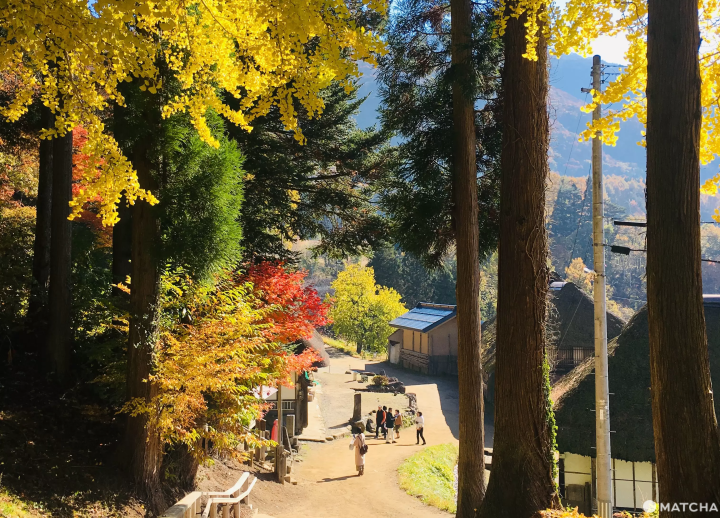
The Ouchi-juku viewing platform is located at the end of the thatched-roof house tourism street.
There are two routes to reach the viewing platform: one is via stone steps, which allows for a quick ascent. The other is a gentle slope, which is recommended if you're not in a hurry since it's less tiring to walk.
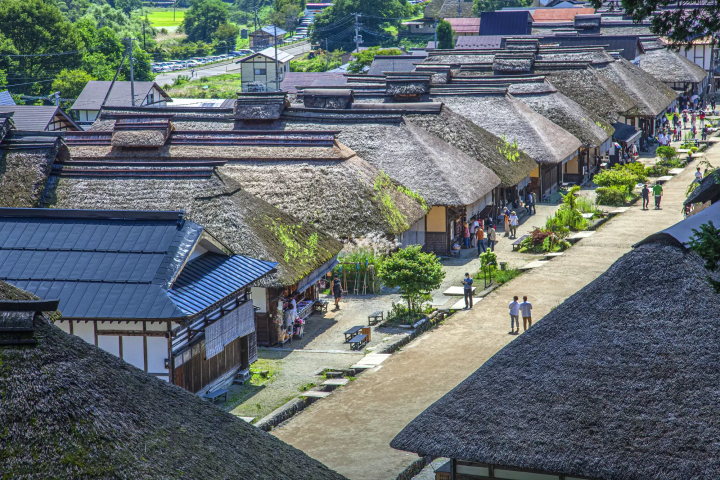
Picture courtesy of PIXTA
Once you reach the viewing platform, you can enjoy a panoramic view of Ouchi-juku. No matter from which angle you view it, you will appreciate the scenes of an ancient rural village that feel like they belong in a Japanese fairy tale.
*The path to the viewing platform is not very wide. If you want to take photos, please do not linger too long and give way to each other.
5. Local Food in Ouchi-juku and 3 Top Souvenirs
You may wonder what to eat and buy while visiting the historic street of Ouchi-juku in Fukushima. Here are 3 must-try dishes and our top souvenir picks.
Welsh Onion Soba Noodles
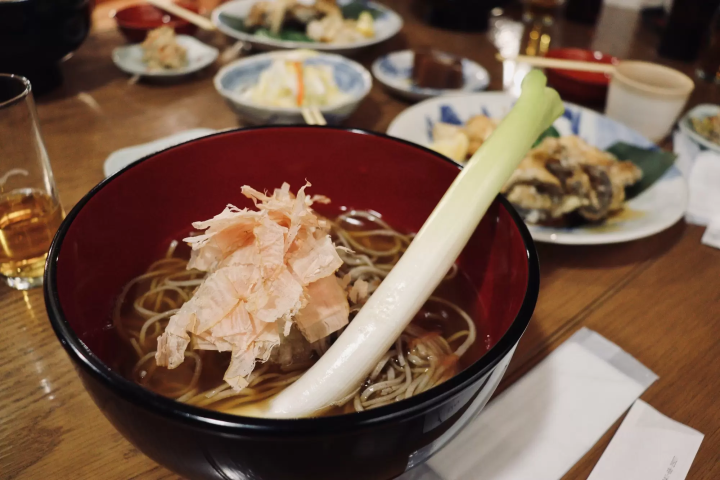
Picture courtesy of PIXTA
The "Negi Soba" (buckwheat noodles with a leek) was first conceptualized by Misawaya Soba Restaurant.
The dish utilizes leeks as a substitute for chopsticks to scoop up the noodles, becoming a must-try specialty of Ouchi-juku. While it may be challenging to eat noodles this way, you should try this fun method when visiting Ouchi-juku.
Shingoro Mochi

Picture courtesy of PIXTA
Shingoro Mochi is a local dish from Minamiaizu Town and Shimogo Town. Glutinous rice is molded into dumpling shapes, then coated with sweet miso, soy sauce, and sesame mixture, and grilled over charcoal to bring out the aroma of the miso.
The savory-sweet sauce paired with the soft yet chewy texture of the glutinous rice makes it a beloved comfort food you can’t resist having seconds.
Fabric Goods Honke Kanouya
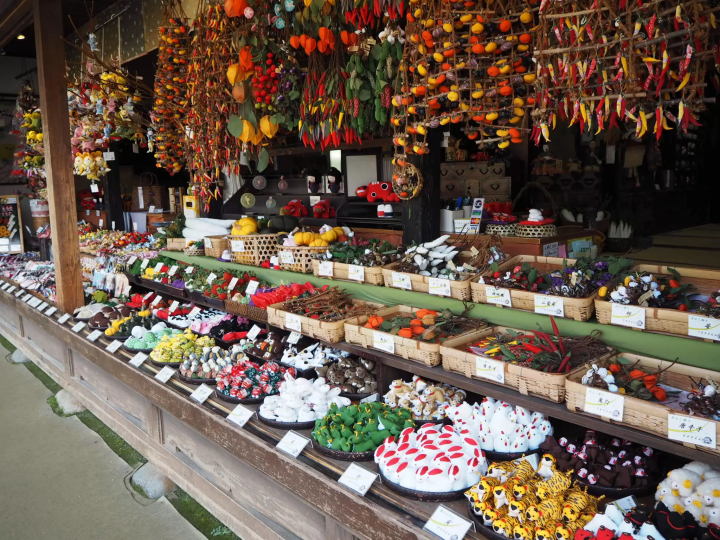
Picture courtesy of PIXTA
On your way to the panoramic viewing platform of Ouchi-juku, you'll come across a shop that transforms chirimen woven fabric into various fabric decorations. These include vegetables, flowers, and the twelve Chinese zodiac animals.
At first glance, you might think it's a store selling fresh produce and dried goods. In reality, the pieces are handcrafted by artisans using the soft, textured fabric. A visit at Fabric Goods Honke Kanouya will have you wanting to pick up a few items to take home as decorations or give out as gifts to friends and family.
6. Top 10 Nearby Attractions Around Ouchi-juku
In addition to Ouchi-juku, there are many attractions worth visiting nearby. Here are 10 sites close to Ouchi-juku that you can include in your one-day itinerary.
1. Takakura Shrine
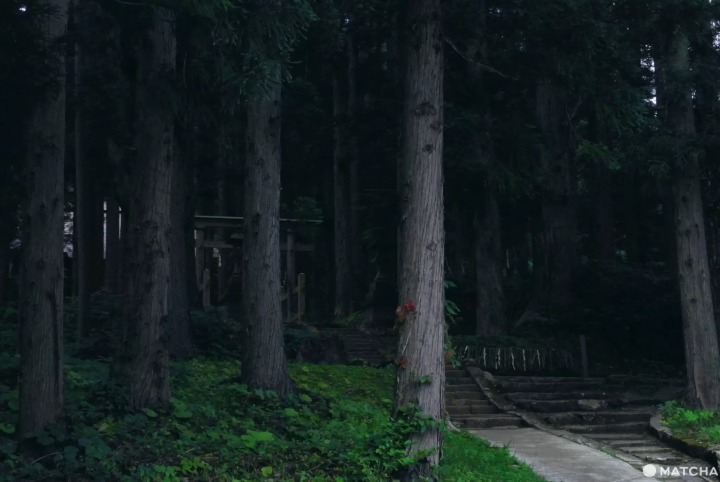
In the streets of Ouchi-juku, there is an ancient wooden torii gate leading to Takakura Shrine.
It takes about 5 to 6 minutes to walk to the main hall, which is surrounded by towering cedar trees. This creates a tranquil and mysterious atmosphere that contrasts sharply with the bustling sounds of Ouchi-juku's streets.
2. Yunokami Onsen Station
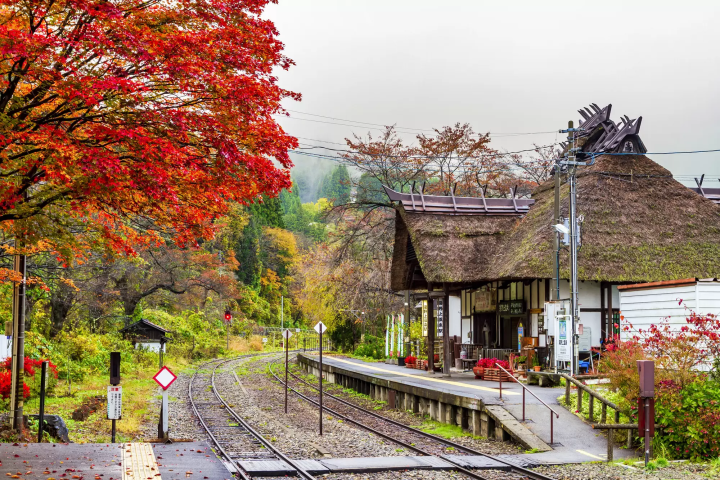
Picture courtesy of PIXTA
Yunokami Onsen Station is the only station in Japan with a thatched roof.
This station is also called "Edo-style and hot spring village." Inside the waiting area is a vintage irori (traditional Japanese hearth), where you can enjoy free tea by the fire during cold weather days. Alternatively, you can relax in the outdoor foot bath area while waiting for your train.
Hotels near Yunokami Onsen Station
3. Tower Cliff
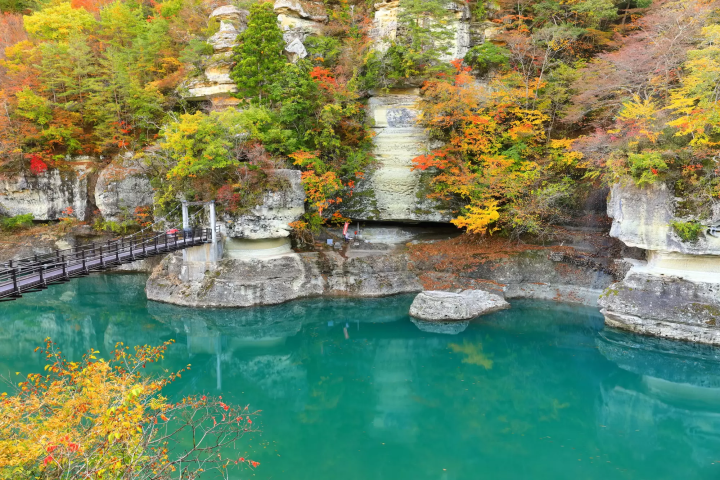
Picture courtesy of PIXTA
After taking the Aizu Railway to Tonohetsuri Station, it's about a 5-minute walk to a natural wonder shaped by millions of years of erosion by river waters. The cliffs have a tower-like formation aligned along the river, which is why they are given this name.
On the opposite side of the cliffs stands a statue of the Kokuzo Bosatsu (Bodhisattva of the Void). This makes it a site of natural beauty and one of Fukushima Prefecture's famous spots for viewing autumn leaves!
4. Ashinomaki Onsen

Picture courtesy of PIXTA
Ashinomaki Onsen has been in operation for approximately 1,200 years. Due to its geographical location, it is somewhat difficult to access. This is why it's known as the "Phantom Hot Spring Town."
In recent years, scenes similar to those from the anime "Demon Slayer" have been featured in the hot spring ryokans here, attracting many anime fans to visit and pay their respects.
5. Aizuwakamatsu City

Picture courtesy of PIXTA
The mountain city of Aizuwakamatsu in Fukushima Prefecture is one of Japan's historically significant locations. During the Edo Period, it served as the castle town of the Aizu Domain and has long been a strategic battleground. Hence, it earned the nickname "Home of the Samurai."
Aizuwakamatsu is one of the few places in Japan spared from air raids during World War II. This has allowed it to retain many of its historical buildings from that period. The city's rich Edo period ambiance attracts countless domestic and international visitors who want to explore its historical significance.
Hotels near Aizuwakamatsu City
6. Aizu Kiyotakazaka Gakusha
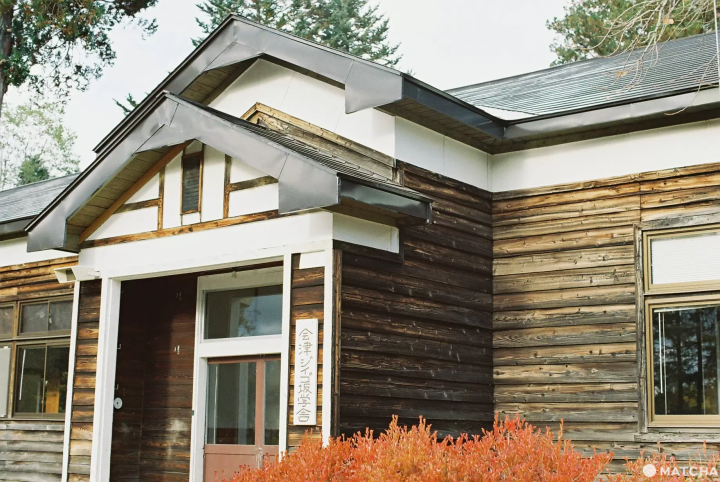
The Aizu Kiyotakazaka Gakusha was formerly a wooden elementary school with nearly 100 years of history. After closing, it was transformed in 2014 into a space for screening films and exhibiting artworks.
A Western-style cafe called "m & yu" was incorporated in 2023. The former classrooms have now been repurposed into dining and exhibition areas. Additionally, the retro atmosphere is reminiscent of scenes from Japanese morning dramas.
7. Kuimaru Elementary School
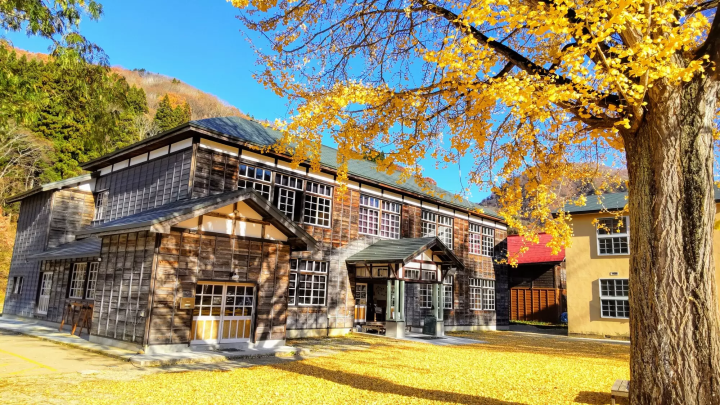
Picture courtesy of PIXTA
Located in Fukushima's Showa Village, Kuimaru Elementary School is a wooden school building with an 85-year history. The school now serves as a community center and tourist hub for Oku-Aizu Showa Village.
Inside, you'll find a library, event spaces, and exhibition areas. Each autumn, a 120-year-old ginkgo tree on the school grounds turns golden, creating a stunning scene that attracts many visitors eager to capture this magnificent view.
8. Tadami Line

Picture courtesy of PIXTA
The Tadami Line, known internationally as the "World's Most Romantic Railway," runs from Aizuwakamatsu to Uonuma City. The scenic landscapes along the route are breathtaking.
On days of clear weather, you might experience moments where clouds and mist envelop the mountains. Traveling during autumn or winter offers truly unforgettable views.
9. Kaneyama Fureai Hiroba
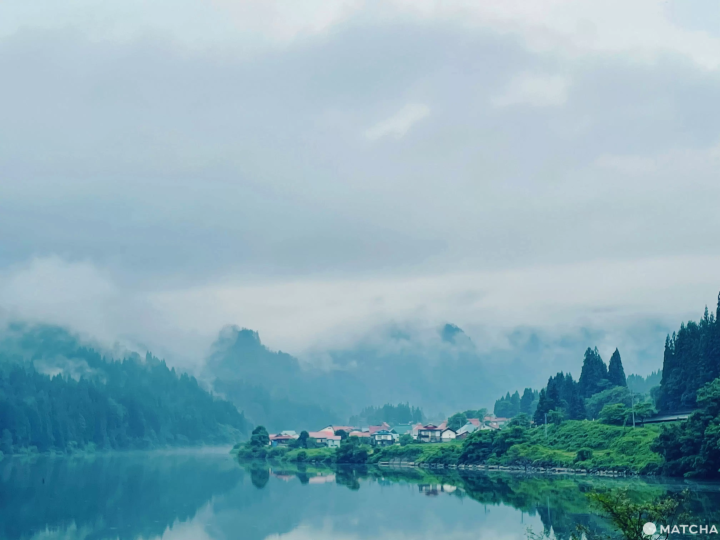
A 12-minute walk from Aizu-Kawaguchi Station will take you to the lakeside trail, where you can enjoy views of the Zakimi Line train passing by the lake. I
n the distance, you'll see the Oshi Settlement set against a backdrop of mountains and forests. This nature-rich scene feels reminiscent of a lakeside town in Europe. This spot is a must-see hidden gem along the Zakimi Line.
10. Yukiwari Bridge
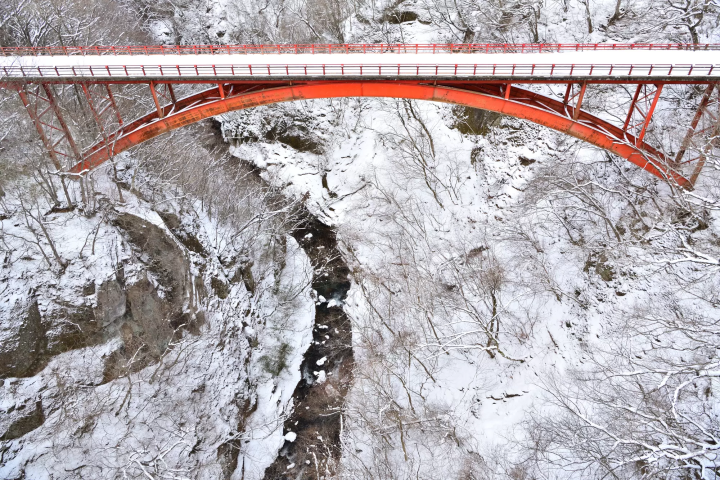
Picture courtesy of PIXTA
The Yukiwari Valley in Nishigo Village is located upstream of the Abukuma River. In fact, it extends about 4 kilometers, centered around the Yukiwari Bridge.
In winter, the flowing waters of the valley create a spectacular view amidst the snowy landscape. It's almost as if the snow has carved apart the valley itself. Surrounding the Yukiwari Bridge are trails leading to viewing platforms where visitors can overlook the entire valley, making it a popular spot for photography enthusiasts.
Enjoy Exploring Ouchi-juku
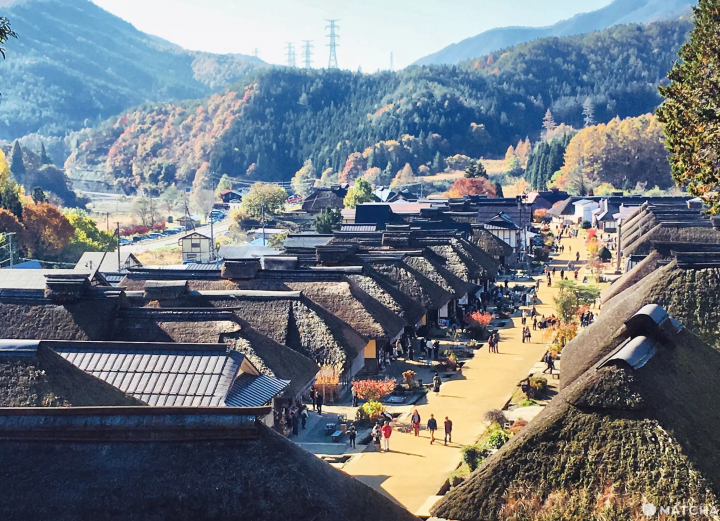
There are many well-preserved old streets across Japan. However, traditional thatched-roof buildings like those found in Ouchi-juku are rare—they exist only in Gifu, Kyoto, and Fukushima.
Although Ouchi-juku is not large, it instantly transports visitors back to rural Japan of the Edo Period.
Whether it's the scenery, architecture, cuisine, or the warmth of locals, Ouchi-juku offers an experience that is hard to find in the bustling city. If you get the chance, consider visiting Fukushima Prefecture for a leisurely day trip to Ouchi-juku!









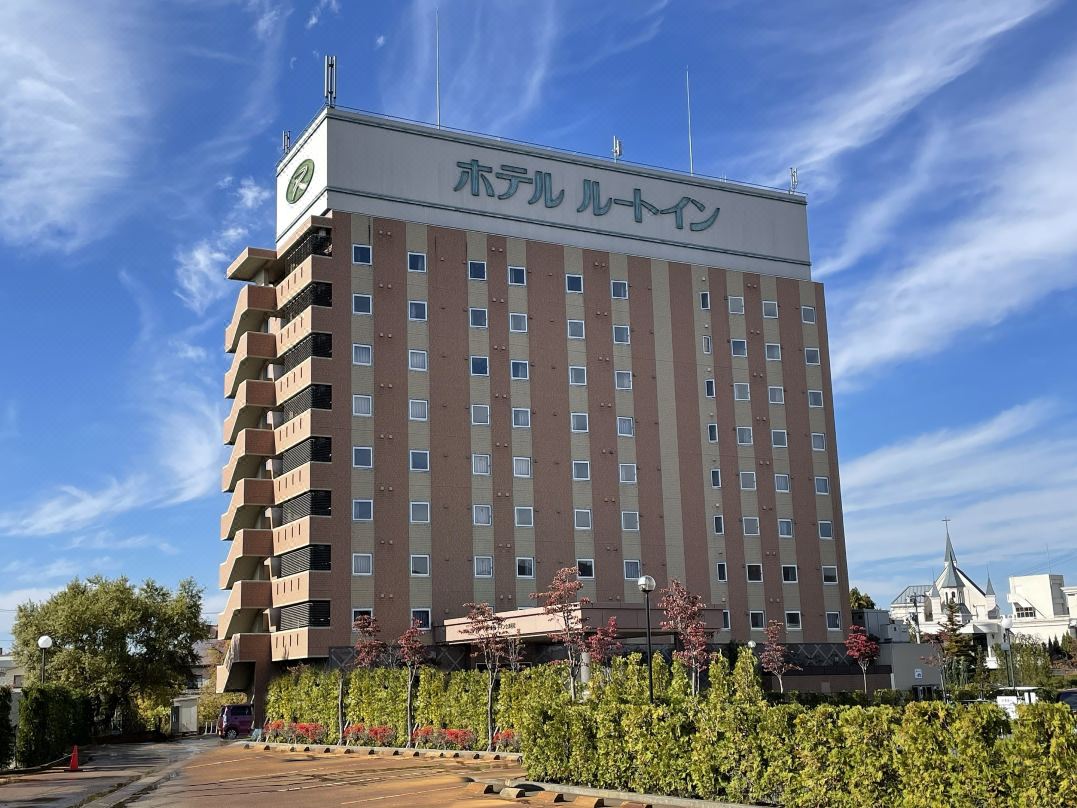

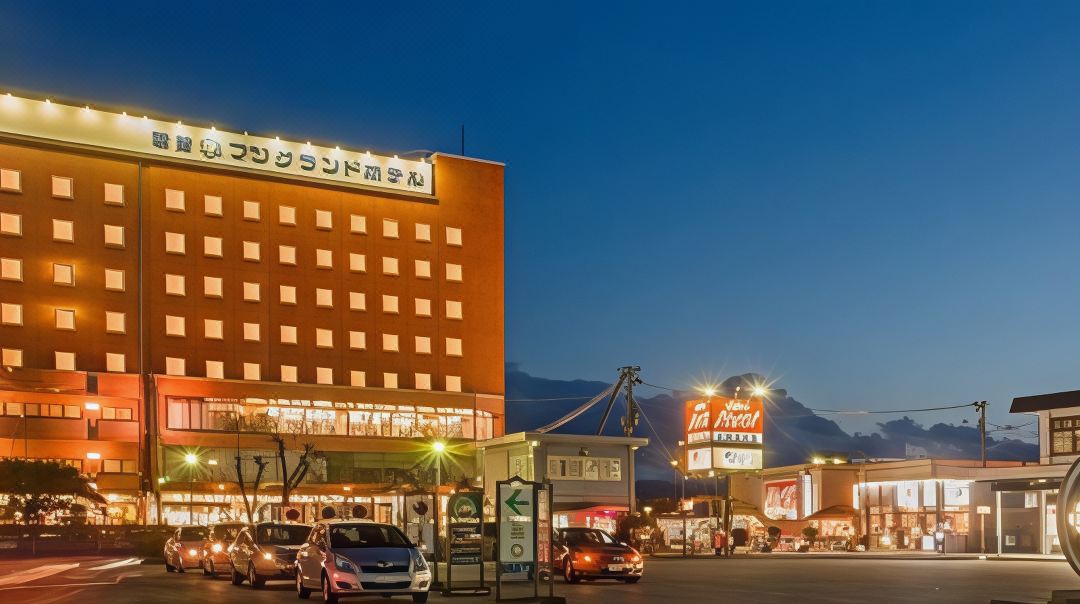


































![[Yamanashi/ Hokuto City] 4 Hot New Spots Opening in 2026](https://resources.matcha-jp.com/resize/720x2000/2025/12/12-252747.webp)

![[Reopening in March 2026] Ikoma Sanjo Amusement Park Park, 45 minutes from Osaka , with free admission](https://resources.matcha-jp.com/resize/720x2000/2024/08/28-194409.webp)
![[Gunma] 5 recommended gourmet foods at Kawaba Denen Plaza Roadside Station!](https://resources.matcha-jp.com/resize/720x2000/2025/02/26-225970.webp)
![[Kanazawa] Enjoy the world of gold leaf to the fullest in the city with the highest production volume in Japan](https://resources.matcha-jp.com/resize/720x2000/2025/11/12-249564.webp)